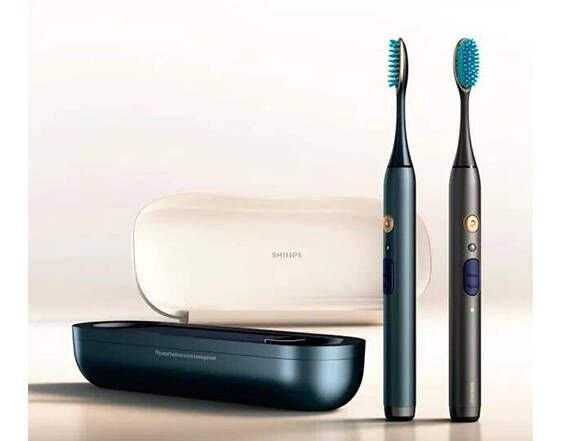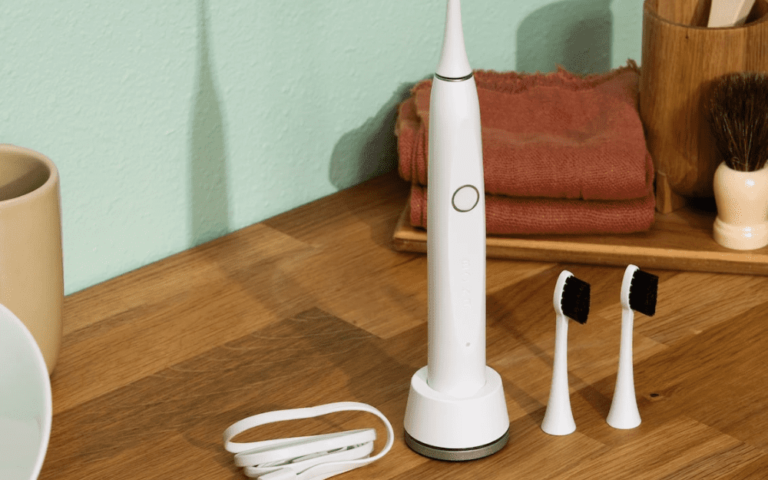In the realm of personal hygiene, the humble toothbrush stands as an essential tool for maintaining oral health. Over the years, the toothbrush has evolved from a simple handheld device with bristles to a sophisticated piece of technology – the electric toothbrush. However, the adoption and acceptance of electric toothbrushes vary significantly across different regions of the world, owing to cultural factors deeply rooted in societal norms, beliefs, and traditions.
Western Societies: The Vanguard of Electric Toothbrush Adoption
In Western societies, particularly in North America and Europe, electric toothbrushes have gained widespread acceptance and are commonly found in households. The cultural emphasis on efficiency, convenience, and the pursuit of technological advancements has contributed to the popularity of electric toothbrushes in these regions.
Furthermore, marketing campaigns by dental care brands have successfully positioned electric toothbrushes as superior alternatives to manual ones, emphasizing their ability to provide thorough cleaning and improved oral health outcomes. The convenience factor plays a significant role, as busy lifestyles in Western cultures prioritize time-saving solutions.
Asia: Bridging Tradition with Technology
In contrast, the adoption of electric toothbrushes in many Asian countries has been more gradual and nuanced, reflecting a blend of traditional values with modern advancements. Cultural practices, such as the emphasis on manual dexterity and the ritualistic aspect of oral hygiene routines, have contributed to initial skepticism towards electric toothbrushes.
However, with increasing urbanization, rising disposable incomes, and exposure to Western lifestyles, the perception of electric toothbrushes is evolving in Asia. In countries like Japan and South Korea, known for their technological innovation, electric toothbrushes are gaining traction among younger generations who value convenience and effectiveness.
Middle East and Africa: Cultural Norms and Economic Considerations
In the Middle East and parts of Africa, cultural attitudes towards oral hygiene often intersect with religious and societal norms. Traditional practices like the use of miswak (chewing stick) in Islamic cultures highlight the preference for natural and traditional methods of oral care.
Moreover, economic factors play a significant role in the adoption of electric toothbrushes in these regions. The cost of electric toothbrushes and the availability of electricity can pose barriers to widespread adoption, especially in rural areas with limited infrastructure.
Latin America: Emerging Trends and Cultural Influences
In Latin American countries, cultural attitudes towards oral hygiene are shaped by a combination of indigenous traditions, colonial influences, and modern trends. While manual toothbrushes remain prevalent due to their affordability and accessibility, urban centers are witnessing a growing interest in electric toothbrushes, particularly among middle and upper-class households.
The influence of Western media and marketing campaigns, coupled with increasing awareness of oral health benefits, is driving the shift towards electric toothbrushes in Latin America. However, cultural preferences for certain oral care practices, such as herbal remedies and natural ingredients, continue to influence consumer choices.
Conclusion: Navigating Cultural Diversity in Oral Care
The adoption and acceptance of electric toothbrushes around the world highlight the intricate interplay between cultural norms, economic factors, and technological advancements. While Western societies lead the charge in embracing electric toothbrushes as modern necessities, other regions navigate a complex landscape shaped by tradition, religion, and socioeconomic considerations.
As dental care brands continue to innovate and tailor their products to diverse cultural contexts, understanding and respecting cultural attitudes towards oral hygiene remain paramount. Ultimately, bridging cultural divides and promoting oral health awareness on a global scale requires a nuanced approach that acknowledges and celebrates cultural diversity while advocating for the adoption of modern oral care technologies.















